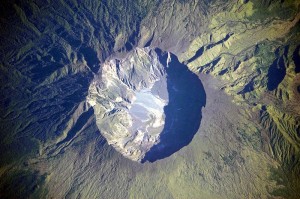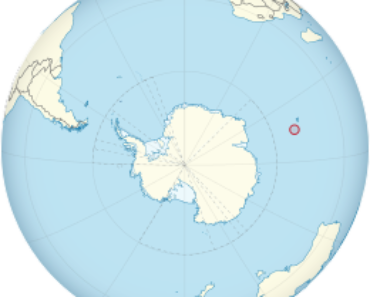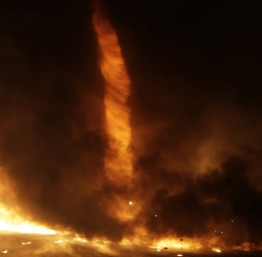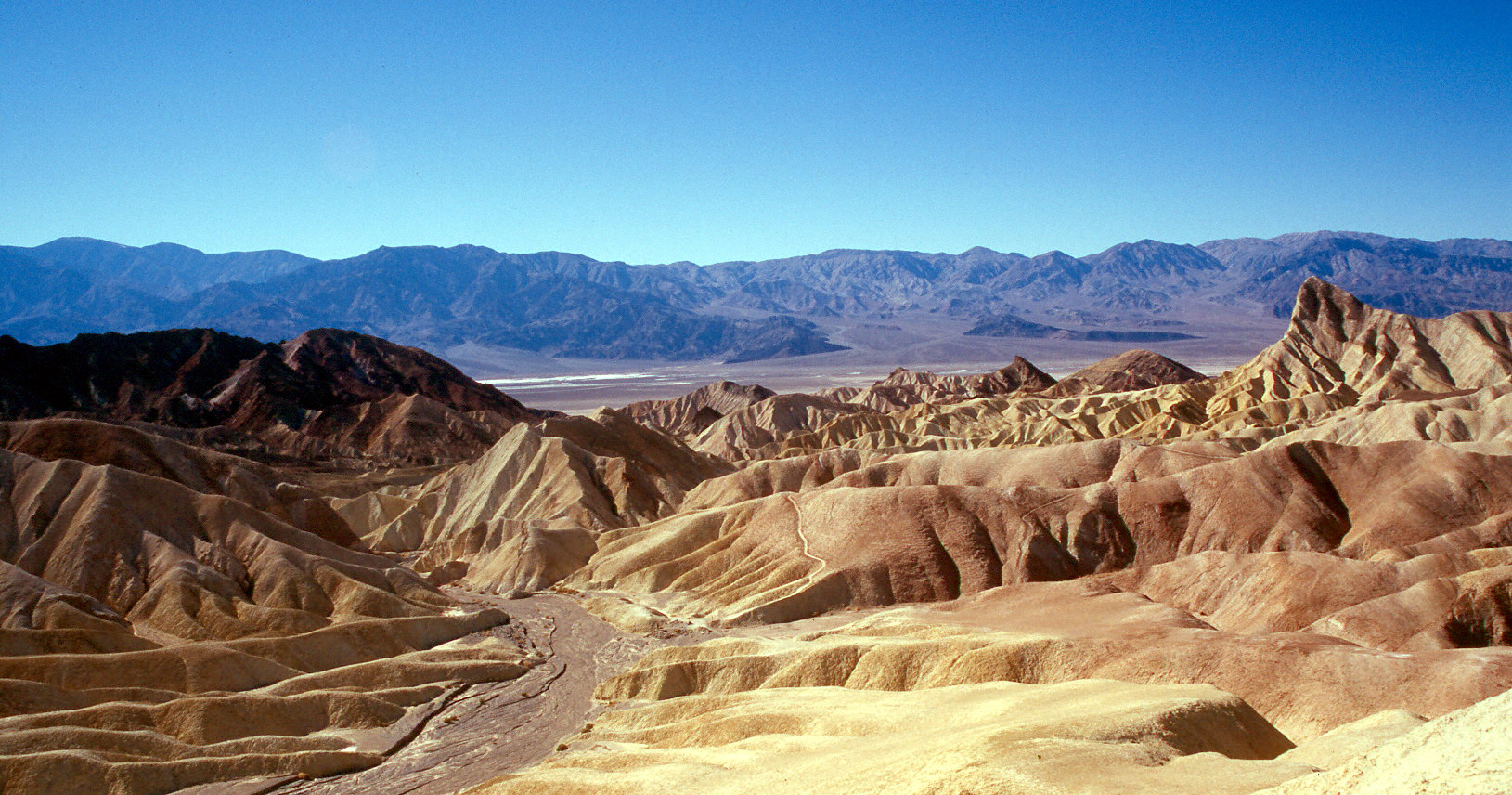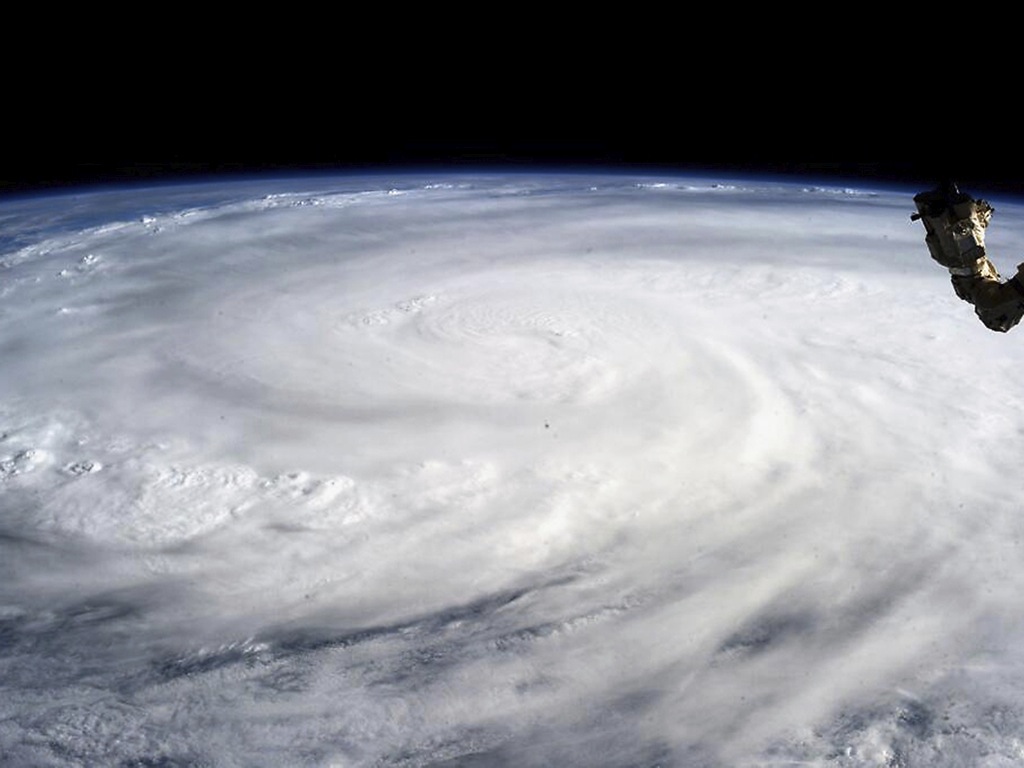Volcanic eruptions reshape the Earth and influence the planet’s climate. Ashes hurled into the atmosphere can interfere with the sun’s rays, causing global temperatures to drop. Sulfur dioxide gas expelled into the sky can lead to acid rain, ruining food and water supplies. And then there is the explosion itself, whereby lava, ashes, and boiling hot gases destroy and kill everything in their path.
While any list of the biggest eruptions is fraught by the billions of years of planetary existence to cover, there is no argument about the biggest volcanic eruption in recorded history.
In 1815, Indonesia’s Mount Tambora exploded on the island of Sumbawa with a force believed to be 800 megatons of TNT, instantly killing 10,000 people. More than 38 cubic miles of gases, dust and rock were blasted into atmosphere, tsunamis crossed the Javan Sea, and pyroclastic flows scorched surrounding countryside up to 20 km (12 mi) away.
Effects of the eruption were felt globally. Ashes and sulphur dioxide hurled into the atmophere were carried around the world, dimming the sun and causing crop failure as well as famine in the Northern Hemisphere. Global average temperatures dropped as a result of the debris in the atmosphere, and unusually colourful sunsets and twilights were frequently seen in London, England during 1815.
Before the explosion, Mount Tambora was approximately 4,300 m (14,100 ft) high. It now measures only 2,851 m (9,354 ft).
Short answer: The biggest volcano eruption in recorded history was that of Mount Tambora. The explosion was heard 2,600 km (1,600 mi) away, and ash fell at least 1,300 km (810 mi) away. It was four times more powerful than the Krakatoa eruption of 1883.
